SUMMARY
This is AI generated summarization, which may have errors. For context, always refer to the full article.
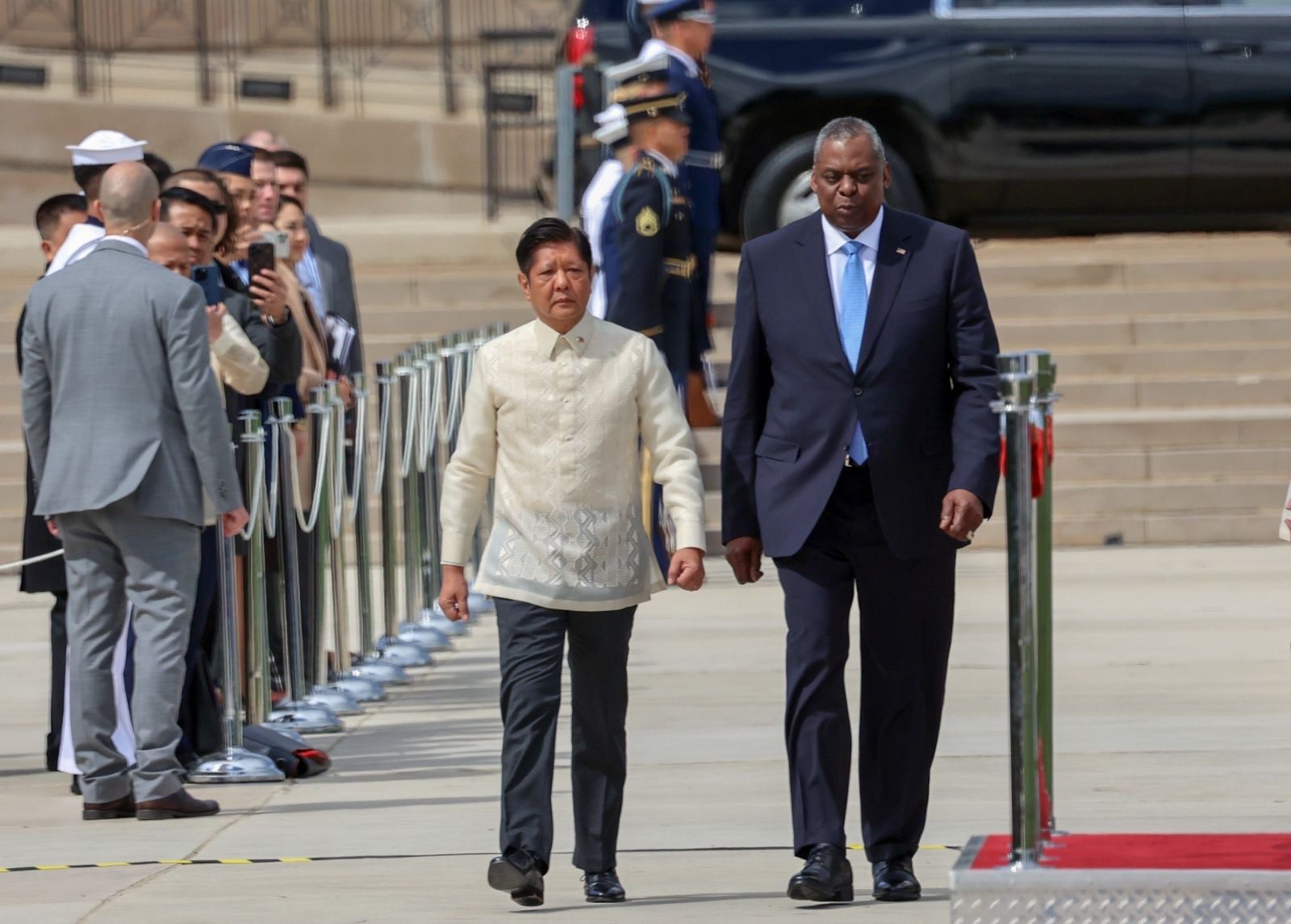
WASHINGTON DC, USA – Following full military honors at the Pentagon, Philippine President Ferdinand Marcos Jr. was promised by no less than the American defense chief that the US would “always have your back in the South China Sea or elsewhere in the region.”
Marcos and his delegation – Cabinet members, business leaders, and friends and family also in the administration, among others – went to Pentagon Wednesday morning, May 3, for a meeting with US Defense Secretary Lloyd Austin. Marcos was accorded full military honors upon arrival.
“President Biden has made clear our commitment to the defense of the Philippines is ironclad. And let me tell you once again that our Mutual Defense Treaty applies to armed attacks on our armed forces, coast guard vessels, public vessels, or aircraft in the Pacific including anywhere in the South China Sea,” said Austin, in opening statements sent to the media before their closed-door meeting.
“So, make no mistake Mr. President, we will always have your back in the South China Sea or elsewhere in the region,” he added.
According to a readout from the US Department of Defense (DOD), Austin and Marcos “discussed plans to swiftly operationalize the four new Enhanced Defense Cooperation Agreement (EDCA) sites in Northern Luzon and Palawan,” referring to the four Philippine sites that have been opened to American troops and assets.
The two also agreed to an “increased tempo of combined maritime activities,” such as joint patrols, “to support the Philippines’ lawful exercise of its rights in the South China Sea.” Austin also reiterated the US’ commitment to helping improve the Philippines’ defense capabilities.
Both leaders, according to the DOD, “discussed ways to coordinate more closely with like-minded nations – including Australia and Japan – to strengthen shared principles.” The two singled out the “rule of law, freedom of the seas, and respect for territorial sovereignty,” as shared principles.
Defense ties have been top on the agenda in many of Marcos’ engagements with US officials while in Washington DC – from a bilateral meeting with US President Joe Biden to breakfast with US Vice President Kamala Harris.
Washington is Manila’s only defense treaty ally, while Manila is Washington’s oldest in the Indo-Pacific. The Philippines is also only one of five treaty allies in the region, which the Biden administration has paid extra attention to in recent years.
Conflict – both open and brewing – in the Asia Pacific, in Marcos’ own words, have resulted in “arguably the most complicated geopolitical situation in the world right now.”
The Philippines is in the middle of it – its west coast faces the South China Sea, which China has claimed in almost its entirety. China’s aggressions against the Philippines in the West Philippine Sea have intensified recently, despite Marcos and Chinese President Xi Jinping’s promise of a “new golden age” in China-Philippine relations.
Manila is also a strategic location in the event of Chinese aggression in democratically-governed Taiwan.
With less than a year in office, Marcos has stepped up and intensified relations with the US, especially related to defense. Aside from the four new EDCA sites, the Marcos administration hosted the largest-ever Balikatan, annual military exercises between the Philippines and the US, to date.
Experts have said that the EDCA sites – totaling nine bases – could be launching points for military action, should Taiwan be attacked by China.
Yet Marcos has insisted that the EDCA sites would not be used for offensive actions, and that the Philippines would not be the staging point for military action in the region. – Rappler.com
Add a comment
How does this make you feel?
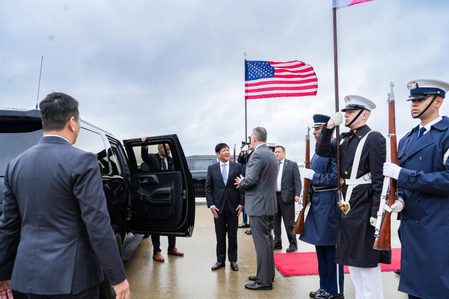
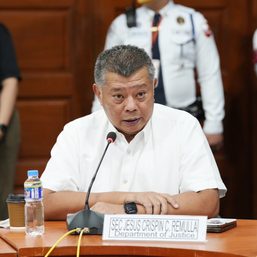
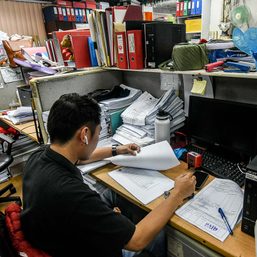
![[OPINION] If it’s Tuesday it must be Belgium – travels make over the Marcos image](https://www.rappler.com/tachyon/2024/04/tl-travel-makeovers-marcos-image.jpg?resize=257%2C257&crop_strategy=attention)

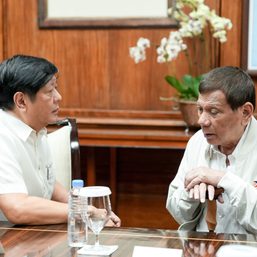
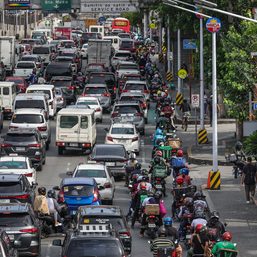
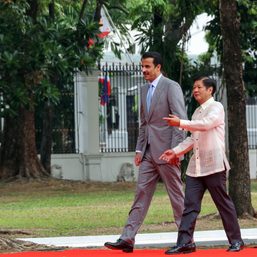
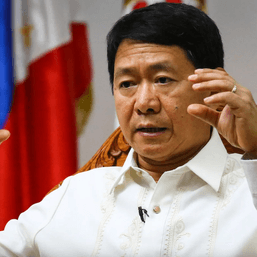
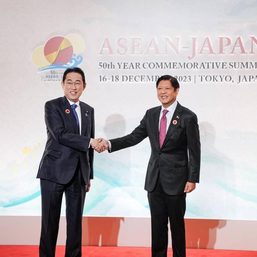
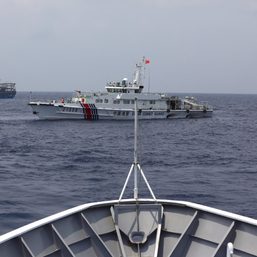



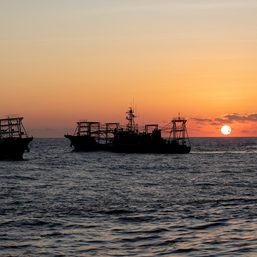
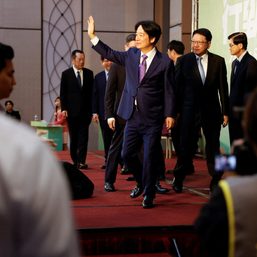
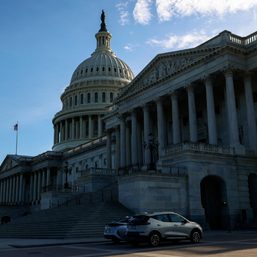

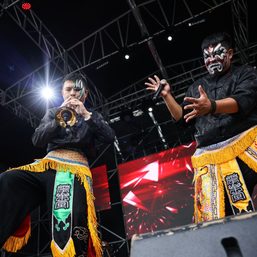
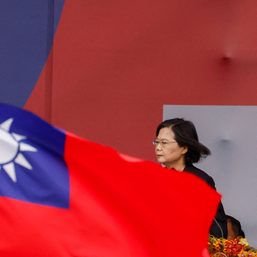
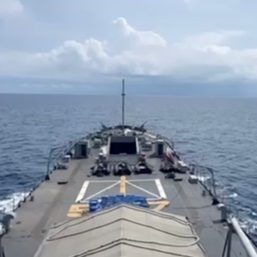
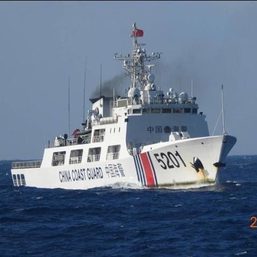

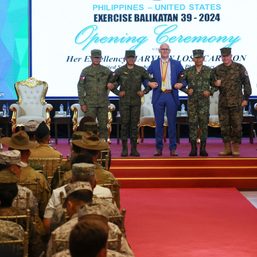
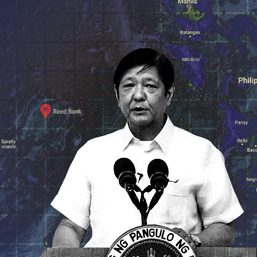
There are no comments yet. Add your comment to start the conversation.